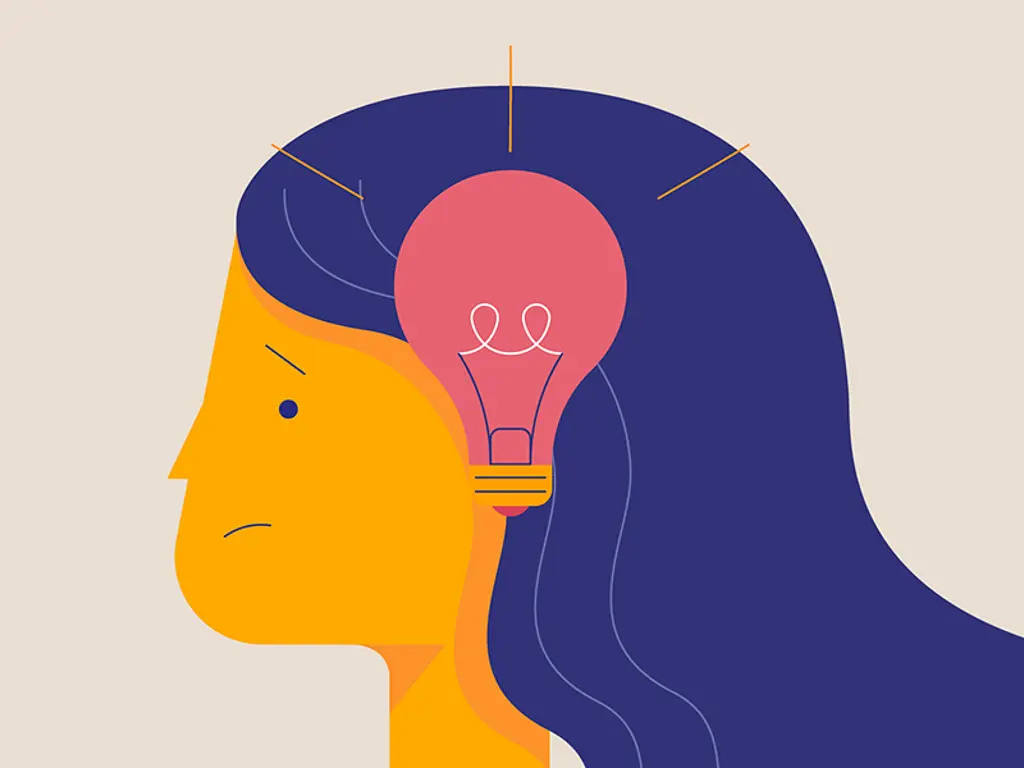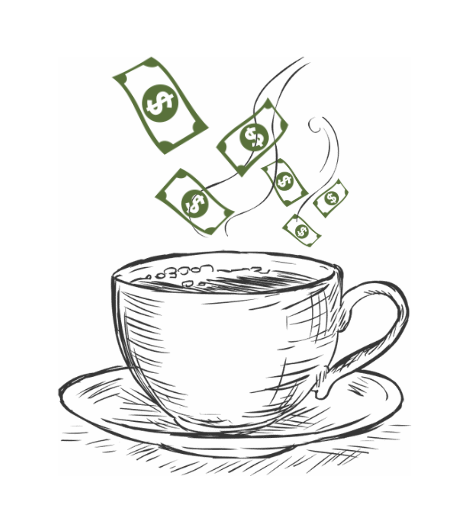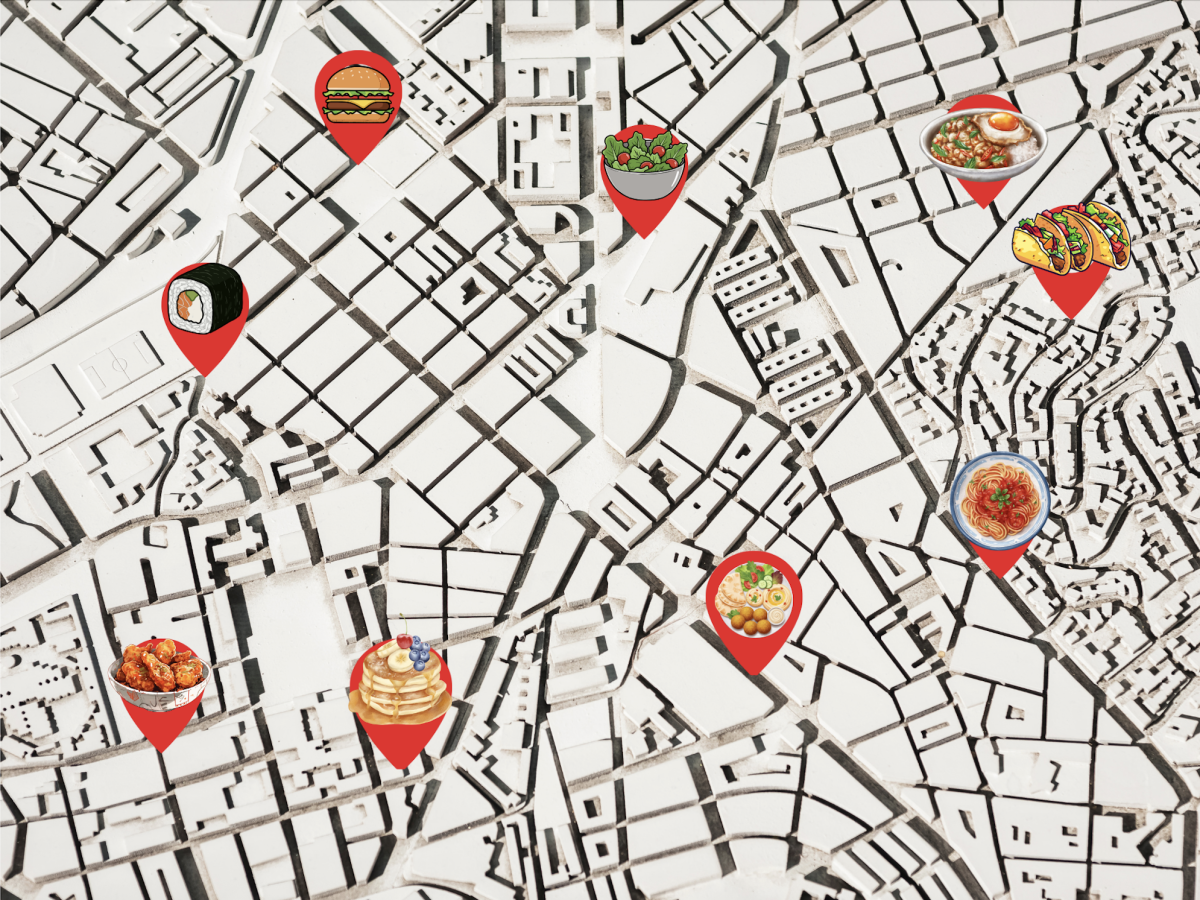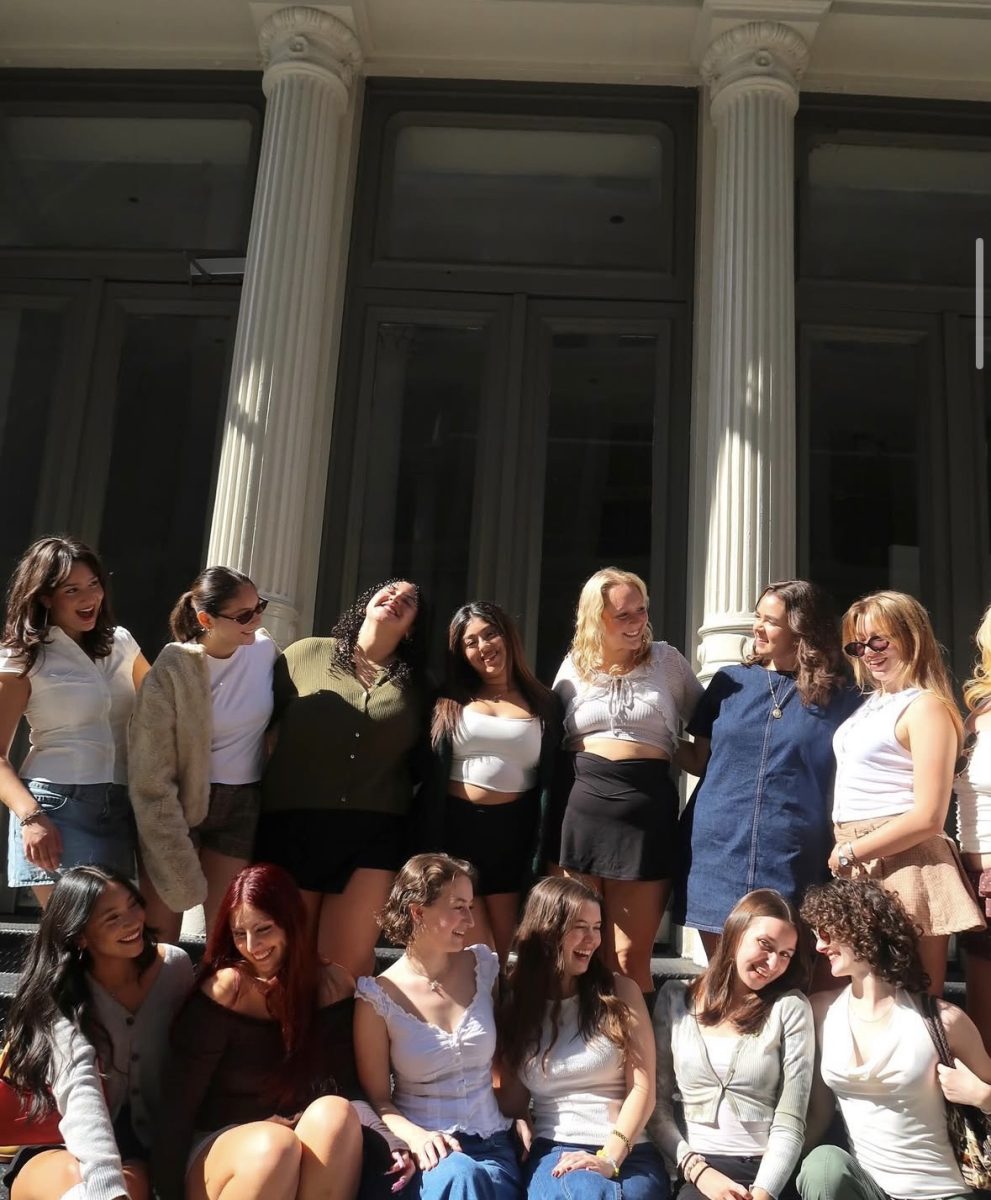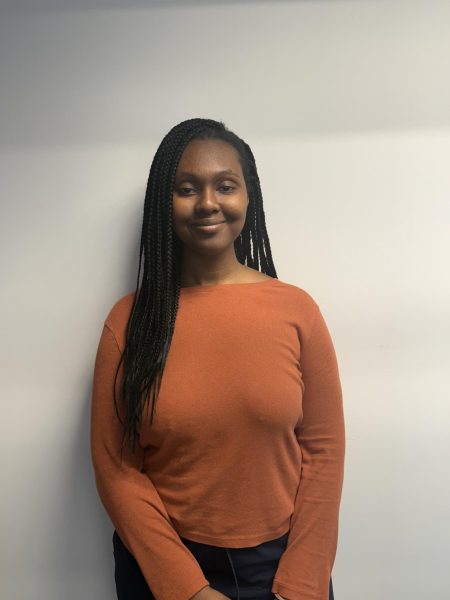Finals season is the time of year when students can see the finish line around the bend, but must first complete a rigorous schedule of exams, papers, and final projects. This can lead to anxiety and stress, especially without the necessary organization. While everybody has their approach, some study techniques can enable students to retain information more efficiently, summarize their course notes, increase confidence, and ultimately unlock their finals season potential.
Theoretical physicist Richard Feynman created a theory for proactive student learning, today called the Feynman Technique, which can be applied to our study habits this month by following his four steps:
- Select a concept and map your knowledge. Feynman argues for categorizing and mapping our understanding of a subject onto a blank page. This allows us to see the main concepts of a course and understand how they relate to each other. Some of us are visual learners.
- Teach it to a “12-year-old.” Active learning techniques involve teaching the same material to someone else in the same class to enhance their connection. Feynman suggests we do so in the simplest of terms, as if we are teaching the material to a 12-year-old. This helps us retain the big ideas.
- Review and Refine. Reviewing students’ work allows them to improve their understanding of the subject and develop new ideas.
- Test and Archive. For testing, someone else develops a better structure to review. Another is engaging in the learning process towards digging deep to review.
Beyond the Feynman technique, University students might try other time-tested strategies. The Pomodoro technique is a method of studying for no more than 25 minutes at a time. Set a timer on a computer, iPad or phone. Studying in short time blocks may allow us to organize and remember our topics more succinctly. The goal here is to focus hard, recharge and then start again.
For many University students, finals prep is not only about what they study, but where. Study environments are critical to success, but also challenging in such a busy space, especially in New York City. Seek out spaces that fit your study environment (not your roommate’s). For some, that could be coffee shops with Jazz music. For others, that could be the library, with the scene of others studying. The university library offers noise-cancelling headphones and other items to help with studying. Furthermore, students go to other libraries in NYC to spend most of their time and use study playlists on Spotify or other music apps to enhance focus with background noises, including white noise.
Combining resources and study aids can help increase productivity when preparing for final exams and final assignments. Digital tools, including Forest, will help you guide your study. Phones can distract students who are trying to concentrate, so it’s best to put them away during work time. Study groups with classmates can bring benefits to engage in collaborative learning. Campus resources like tutoring centers and library study spaces are great options for learning class material, but students should remember to make reservations or appointments in advance.
To perform well on exams, students should focus on boosting their memory and concentration. Eating nutritious foods like energy bars, fruits and nuts can help improve focus during study sessions and exams. Stress decreases energy, but in other ways, University students could practice mindfulness and stress management by being guided through meditation and breathing exercises if their brain says, “Enough is enough, I need a pause.”
For all these techniques, remember the basics, avoid stress and anxiety through prioritizing well-being. In other words, creating a schedule and–most of all–being gentle with yourself while maintaining a positive mindset is essential. By finding the right environment and routine that supports focus and productivity, students set themselves up for success, and with that foundation, academic achievement on finals is well within reach.

